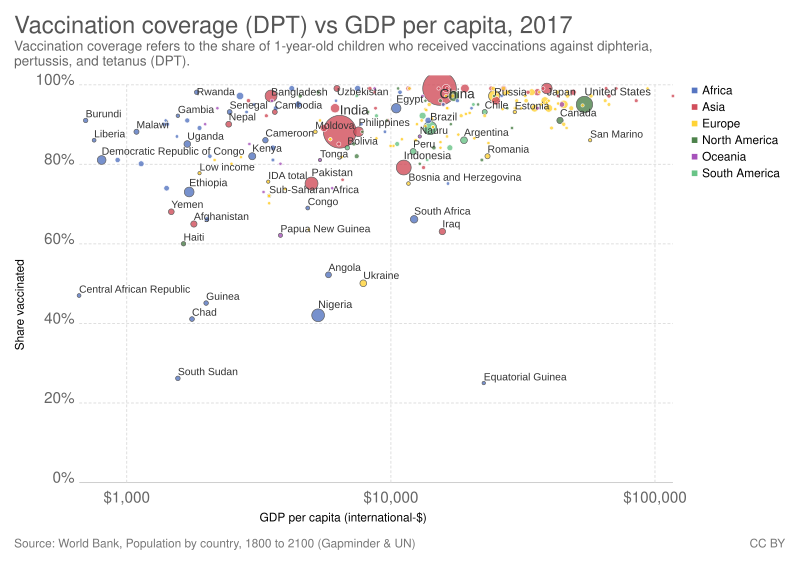Global Immunization Rate Remains Steady at 85%, Yet Challenges Persist

The global childhood vaccination rate in 2024 has stabilized at 85%, with approximately 109 million infants and children receiving three doses of the diphtheria, pertussis, and tetanus (DPT) vaccine, as reported by the World Health Organization (WHO). Katherine O’Brien, the head of Immunizations, Vaccines, and Biologicals at WHO, highlighted this milestone during a press briefing held ahead of the release of comprehensive vaccination data by WHO and UNICEF, the United Nations children's agency.
While the 85% coverage represents a slight increase from previous years, the report underscores a critical divergence from the Sustainable Development Goal (SDG) target of achieving at least 90% global immunization coverage. "In 2024, nearly 20 million children missed at least one dose of the DPT vaccine, with 14.3 million of these children never having received any vaccinations," O’Brien stated, emphasizing the urgent need for enhanced immunization efforts.
The data, which encompasses vaccination rates against 16 major diseases across 195 countries, reveals both progress and significant challenges. O’Brien pointed out that conflicts and humanitarian crises are major contributors to immunization shortfalls. "Children in regions affected by conflict are three times more likely to be unvaccinated compared to their counterparts in stable countries," she explained.
According to Ephrem Lemango from UNICEF, the resurgence of diseases such as measles exemplifies the consequences of these immunization gaps. "In 2024, we witnessed approximately 360,000 confirmed measles cases, the highest since 2019," Lemango noted, attributing the increase to insufficient vaccination coverage. He further elaborated that the first dose of the measles vaccine coverage rose to around 84% in 2024, yet this figure still falls short of the 95% threshold needed to effectively halt outbreaks.
Moreover, the rise of vaccine misinformation through social media has exacerbated vaccine hesitancy, creating dangerous pockets of under-vaccination, even in countries with generally high immunization rates. O’Brien remarked on the alarming trend, stating, "The influence of social media on vaccine perceptions is significant, yet the most trusted source remains local healthcare providers."
Funding for vaccination programs has also faced substantial challenges. Thabani Maphosa, director of country programs at Gavi, The Vaccine Alliance, pointed out that cuts in funding, particularly from the United States, threaten global immunization efforts. He noted, "Our ability to respond to measles outbreaks in nearly 50 countries has been disrupted due to funding cuts initiated during the previous U.S. administration."
Despite these obstacles, Gavi reported a successful replenishment drive that raised over $9 billion towards its five-year goal, aimed at supporting immunization in lower-income countries. Maphosa highlighted the resilience of countries such as Mali and Ethiopia, which have made significant strides in recovering immunization coverage to pre-pandemic levels.
In conclusion, while the global immunization rate remains steady at 85%, the underlying challenges, including conflict, misinformation, and funding cuts, present a complex landscape for public health officials. The need for concerted efforts to address these issues is imperative to ensure that future generations are adequately protected against vaccine-preventable diseases.
Advertisement
Tags
Advertisement





